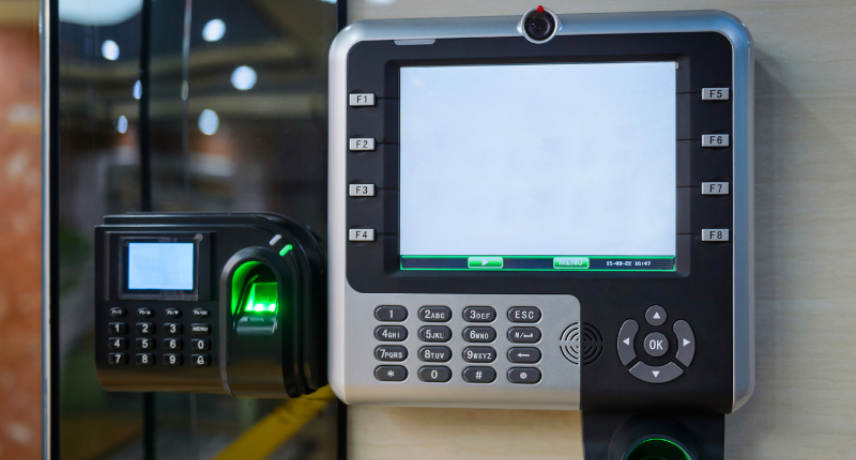
Enquiry Form
Choosing the Right Access Control System Software: Tips and Best Practices
A digital and physical asset is an asset that is more important to secure in the era of digital connectivity. Access control software is extensively used by companies, government institutions, and even educational institutions to regulate, track, and secure entry into rooms, buildings, and sensitive information.
There are a variety of access control software to consider; choosing the right one can seem overwhelming. This guide will walk you through our professional recommendations/best practices that will help you come to a wise conclusion and ensure that your security system is future-proofed.
1. Understand Your Security Needs
It is important to find out the needs of your specific business before you spend your money acquiring access control software. Are you managing only one office or a few premises? Do you have to manage contractors, remote workers, or visitors? The clarity of your need can help you identify the best options and integrations.
2. Look for Scalable and Flexible Systems
Your business will grow, and your security software will need to grow along to keep up. Scalability is an important factor whether you're opening your own office or hiring additional employees. Select a program that can easily add locations, doors, and new users without requiring a whole redesign.
3. Prioritize Cloud-Based Access Control
Systems that are built on premises have a tendency to rapidly become obsolete. Cloud-based access management provides fast updates, centralized control, and remote administration. It is ideal where there are hybrid teams or multiple locations in a company.
There is also a possibility of removing IT and hardware maintenance costs since cloud-based systems are less restricted and more efficient.
4. Evaluate Integration Capabilities
The best access control software must seamlessly integrate with existing systems, such as cameras and HR tools such as visitor management or time-tracking software. API integration is an absolute must when you are looking for a central and intelligent security infrastructure.
5. Select Systems that accept mobile credentials.
Keycards or physical IDs are disappearing. Recent solutions to mobile access control include smartphones, secure apps, or Bluetooth to unlock the doors by the employee. It does not only save costs but also makes it more convenient and hygienic, especially in a post-pandemic world.
6. Ensure Strong Data Security and Encryption
Although the main objective is to prevent access physically, don't overlook the digital component of security. Entire encryption, frequent security patches, and smart security mechanisms should be integrated into the software to protect sensitive information of the user.
The presence of insecure access systems may lead to the loss of money and reputation due to data breaches. Thus, ensure that you operate in accordance with policies of data security, whether the GDPR or HIPAA.
7. Look for Real-Time Monitoring and reporting.
A powerful gate access system should have real-time logs, alerts, and reports of every access event. It can assist in detecting unauthorized access to the premises, tracking employee movement, and assisting in an audit or investigation to provide correct information.
8. Simplify User Management and Permissions
An ideal access control system should permit administrators to quickly create or edit the permissions of users or even revoke them. Role-based access is essential to guaranteeing that only individuals with the proper authorization can access sensitive areas.
Automated workflows, like onboarding or offboarding employees, are a key feature that helps make operations easier and lessen security dangers.
9. Check Vendor Support and Reliability
There are more factors to consider than features when choosing the finest access control tool. Find companies that have strong reputations, positive reviews from their customers, and dependable customer support. Your system's availability and reliability will be heavily dependent on the quality of service provided by the vendor. support.
10. Consider Total Cost of Ownership
Although initial setup costs are important, also consider the long-term benefits. Costs for subscriptions, maintenance, as well as hardware upgrades and support services must all be considered when comparing the different security systems for access.
Opt for a service that balances costs and features as well as service and provides return on investment by enhancing the security of your operation and maximizing efficiency.
Conclusion:
The choice of the most effective access control software is not only a safety decision but also an investment towards the future of your business. With scalability, connectivity, mobility access, and data safety as primary features, you will not only be safe to secure your employees and resources but also enhance overall operations.
By keeping these best practices in mind, you'll be better equipped to develop a clever and expandable access control plan.